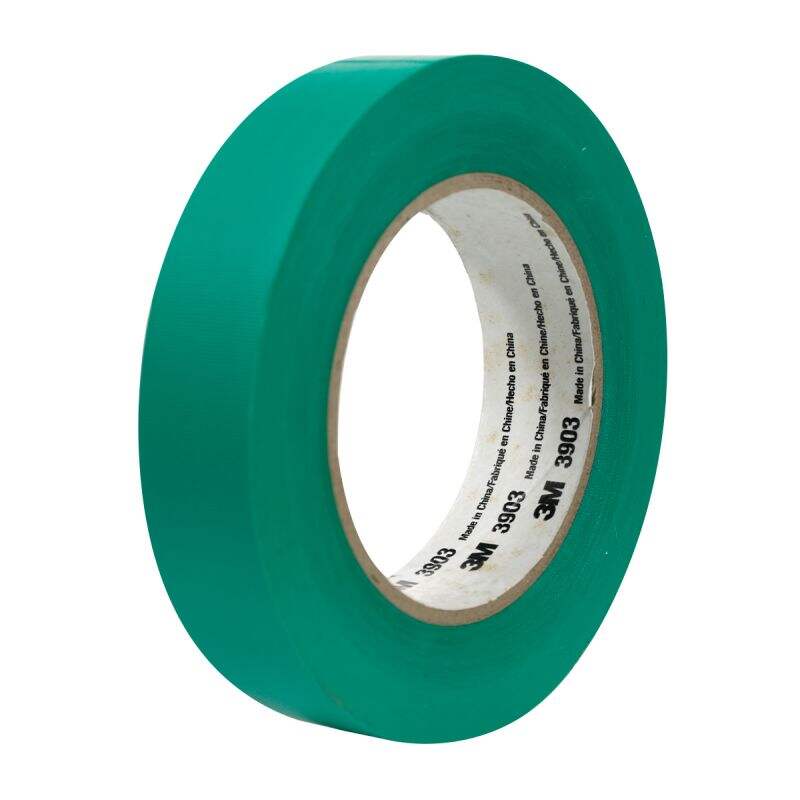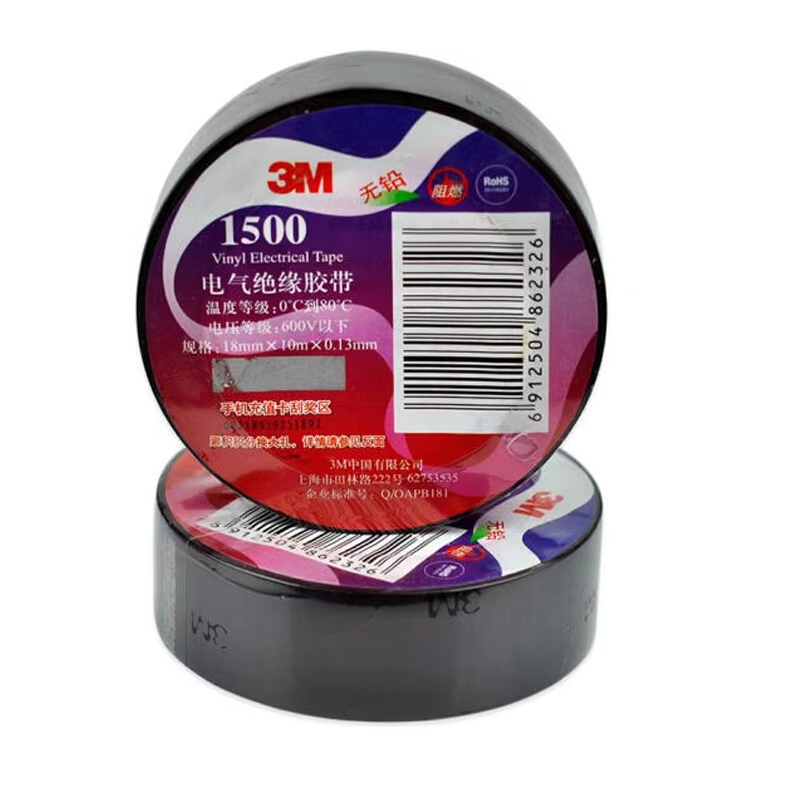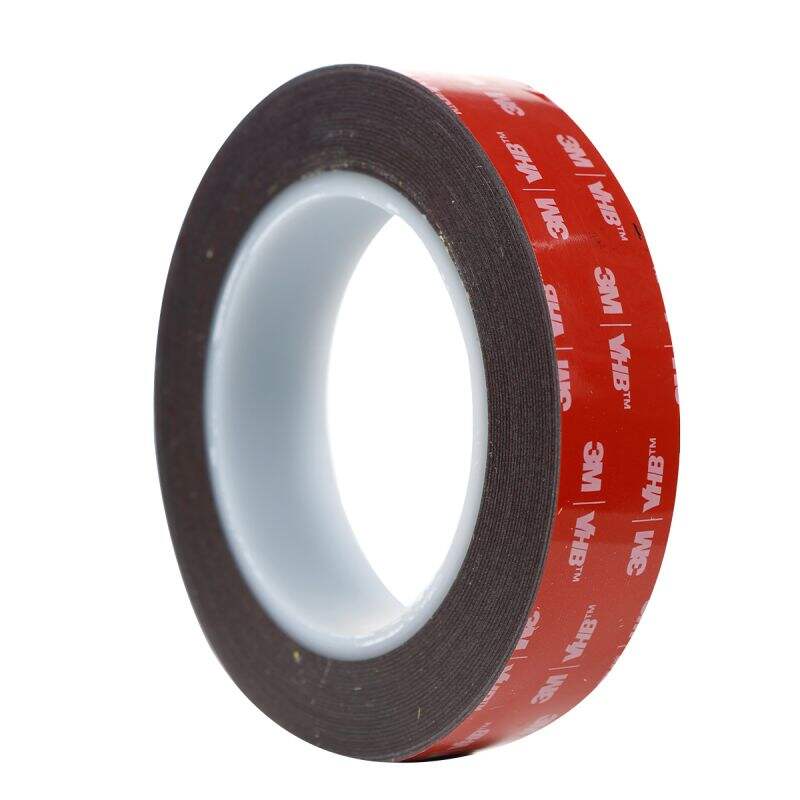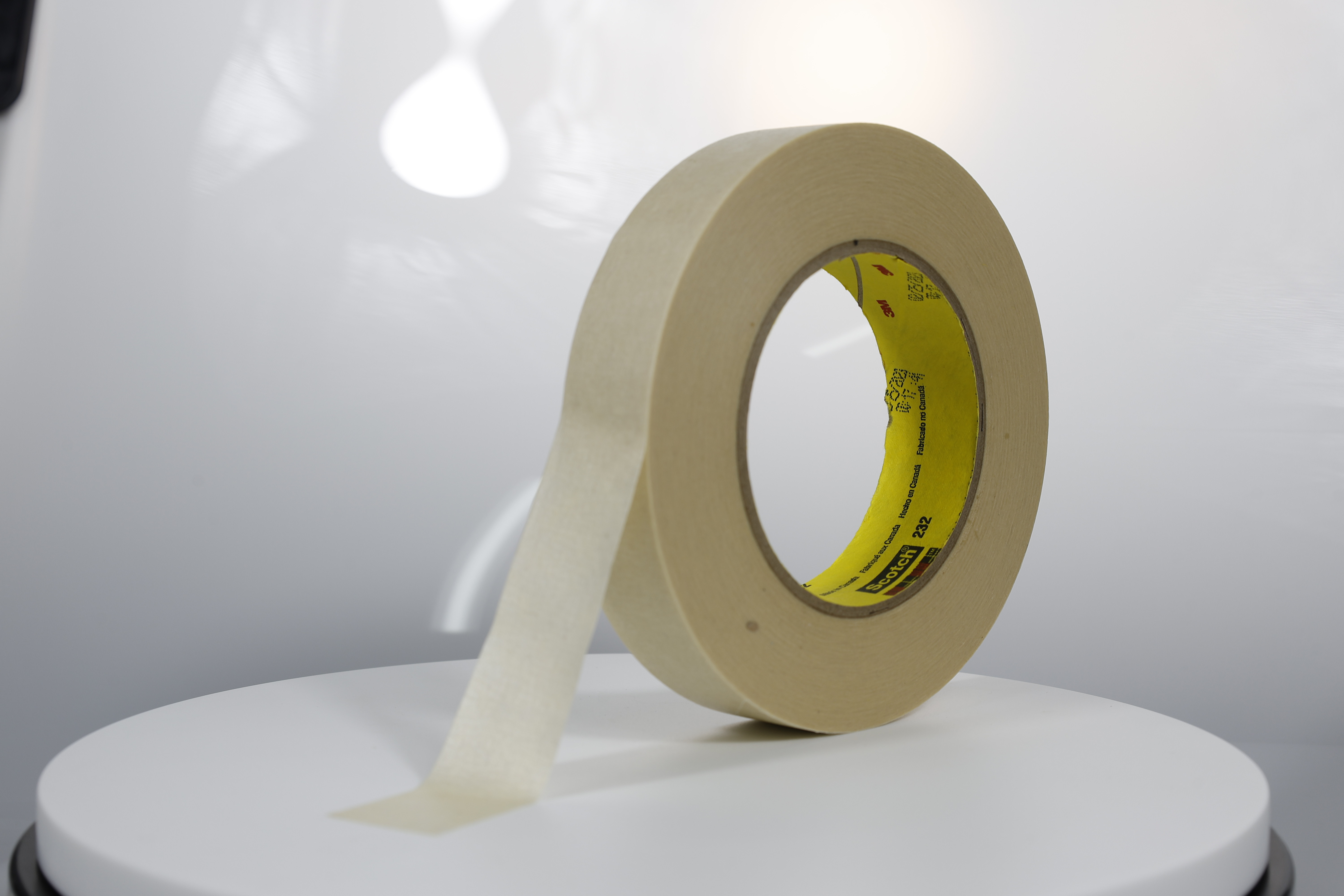Painting a bathroom? Masking tapes that resist moisture are perfect for the job.
The Importance of Specialized Masking Tapes in Bathrooms
Why Bathrooms Demand Durable Solutions
Bathrooms present distinct challenges due to their high humidity levels, which can significantly affect the performance of standard masking tapes. Specialized masking tapes for bathrooms are engineered to endure these conditions, ensuring they remain adhesive and effective over time. By using such durable solutions, you can ensure paint jobs last longer, maintaining a pristine appearance while avoiding issues like moisture-induced peeling or discoloration. Expert professionals emphasize the use of high-quality masking products, noting studies that demonstrate how specialized tapes can significantly extend the lifespan of painted surfaces in bathroom environments.
Humidity and Surface Challenges
Humidity in bathrooms can fluctuate, causing many standard tapes to lose their grip and efficiency. Bathrooms often have a variety of surfaces like tiles, glass, and damp drywall, each requiring specific tape characteristics to achieve optimal adhesion. According to research from coating manufacturers, tapes designed specifically for humid environments are advantageous as they maintain their integrity while providing sufficient protection to each unique surface. This ensures surfaces remain undamaged and the quality of work sustained, making them a savvy choice for bathroom applications.
Consequences of Using Standard Masking Products
Opting for standard masking tapes in bathroom settings can lead to undesirable results such as paint bleed, which creates unaesthetic finishes and can increase labor costs for corrective touch-ups. Standard tapes often do not withstand moisture well, leading to peeling or budging that detracts from the room's appearance. Evidence from various DIY projects illustrates that utilizing poor-quality masking products can unnecessarily prolong painting projects, underscoring the importance of investing in proper materials for these specific environments. By doing so, you not only save time but also enhance the aesthetic and functional longevity of your paint job.
Types of Durable Masking Tapes for Bathroom Painting
Water-Resistant Painter's Tape Selection
Water-resistant painter’s tapes are essential for bathroom painting as they are formulated to adhere without losing grip in moist conditions. These tapes excel in environments high in humidity, ensuring that paint jobs remain pristine without the risk of peeling or discoloration. When selecting a tape for bathroom use, it is advisable to opt for those specifically labeled for bathroom or outdoor applications, which signals enhanced moisture resistance. Case studies indicate that projects utilizing water-resistant tapes often result in more aesthetically pleasing and durable finishes. This ensures that the investment in quality tape pays off in maintaining the look and longevity of painted surfaces.
Strong Adhesive Tapes for Tough Surfaces
For surfaces like concrete or textured walls in bathrooms, strong adhesive tapes are a necessity. Their robust adhesion capabilities help prevent issues like paint leaks, offering assurance of a clean and professional look. Identifying tapes with aggressive adhesive properties can minimize the potential risk of tape lift-off during painting, which is crucial for maintaining a seamless finish. According to experts, selecting the appropriate adhesive strength is critical, as supported by testing metrics from various manufacturers. For these more demanding surfaces, employing tapes with a strong grip is a best practice to ensure both aesthetic and functional success.
Double-Sided Tape Applications
Double-sided tape serves a valuable role in bathroom painting tasks by securing protective coverings and enhancing the process. Using it to attach plastic or paper around fixtures can prevent accidental paint contact with these surfaces, thus safeguarding the integrity of the finish. However, it is vital to apply double-sided tape with proper techniques, ensuring it doesn't cause damage upon removal. The growing trend in DIY bathroom renovations highlights the use of double-sided tape for its versatility and ease in application, which makes it a popular choice for projects involving multiple protective layers or intricate setups.
High-Temperature Options for Efficiency
High-temperature masking tapes are particularly beneficial in bathroom settings, offering resistance to elevated temperatures during paint curing or drying. These tapes maintain their integrity and performance even when exposed to heat from appliances or direct sunlight, ensuring no degradation during the painting process. Industry standards recommend selecting tapes capable of enduring temperatures above 200°F, especially for achieving glossy finishes that need extra care. This is an important consideration for areas prone to temperature fluctuations that may otherwise affect paint adhesion and finish quality.
Step-by-Step Application Techniques
Surface Preparation Essentials
Proper surface preparation is the cornerstone of effective masking tape application. Cleaning and drying surfaces are crucial to maximizing the adhesion of masking tapes, preventing lift and bleed. Removing dust and grease ensures that tapes adhere fully, offering protection against unwanted paint seepage. For surfaces commonly found in bathrooms, the use of primers and sealants can further enhance adhesion. These treatments can help masking tapes bond better with porous materials such as tiles or walls. Studies have shown that surfaces that are thoroughly prepared can improve paint performance by up to 30%, demonstrating the importance of these preliminary steps in both efficiency and end results.
Proper Tape Application for Crisp Lines
Achieving crisp lines is essential for a professional finish in painting projects, and this begins with proper tape application. Applying tape at a 45-degree angle helps ensure better adhesion while preventing paint from seeping under the edges. Pressing the tape firmly along its edges can create sharp lines, which are crucial for a neat and polished appearance. Visual guides and expert demonstrations underscore that correct application methods can reduce the likelihood of errors by up to 50%. This technique is vital in ensuring that the painted areas remain precise and error-free. The transition from preparation to application is seamless when each step focuses on detail-oriented execution.
Paint Selection and Application Tips
Choosing the right paint that suits your project's surface is vital to achieve the desired adhesion and durability. High-quality paints specifically designed for moisture resistance and compatibility with masking tapes can significantly enhance the final appearance. Proper application techniques, including selecting the right type of brush or roller, can greatly affect the outcome of the paint job and help achieve a uniform finish. Product reviews and expert guidelines often recommend specific paints that work well in conjunction with various types of masking tapes used in bathrooms, ensuring that the paint retains its quality and aesthetic over time.
Timing for Flawless Tape Removal
Timing is critical when it comes to tape removal—it directly influences the sharpness of the paint lines and the preservation of the surface. Experts recommend removing masking tape when the paint is still slightly damp to secure crisp lines without damaging the underlying paint. It's important not to wait too long, as peeling might occur, nor remove it too early, which might affect line quality. Instructional resources emphasize the importance of pulling the tape back at a diagonal angle to minimize the risk of tearing the paint. This careful approach ensures that the finished job maintains professional quality and finesse.
Maintenance and Troubleshooting Guide
Preventing Residue and Damage
Preventing residue and damage begins with selecting the right tape, which is crucial for ensuring clean surfaces after application. Opt for tapes designed specifically for easy removal, such as low-tack painter's tape, which reduces the risk of leaving adhesive residue. Additionally, how you store and apply the tape significantly affects its removal performance; keeping tapes in a cool, dry place helps maintain their adhesive properties. According to experts, using low-tack tapes is especially beneficial for delicate surfaces, as these tapes are engineered to leave no or minimal residue, thus preventing potential damage upon removal.
Solutions for Paint Bleed Issues
To tackle paint bleed issues, applying a thin base coat over the tape before the main color can seal the edges and prevent seepage. This technique forms a barrier that limits paint from bleeding under the edges of the tape. It's also advisable to use a bleed-resistant tape, specifically designed to minimize seepage, ensuring crisp and professional paint lines. Effective solutions, such as these, statistically reduce the need for post-paint corrections, thereby saving significant time and effort on touch-ups.
Longevity Tips for Painted Bathrooms
Maintaining the vibrancy and durability of painted bathrooms involves several key practices. Choosing the right paint is foundational, with moisture and mold-resistant paints being highly recommended for bathrooms. Applying proper sealing coats can also significantly enhance paint durability by providing additional protection against humidity and cleaning agents. Regular maintenance, including routine cleaning and periodic inspections for any signs of wear, plays a vital role in prolonging the lifespan of bathroom paint jobs. These proactive measures help ensure long-lasting finishes that remain vibrant and fresh over time.
Recommended Products
 Hot News
Hot News
-
Pakistan Business Delegation Visits Our Factory, Seals Partnership With Immediate Deposit
2025-04-29
-
TAPE Team Conquers Shenzhen’s Phoenix Mountain: Unity, Ambition, And New Heights In 2025
2025-02-21
-
The Role of Polyimide Electrical Tape in Electronics Insulation
2025-01-21
-
High Strength Double-sided Tape for Secure Bonding
2025-01-15
-
Durable Foam Tape for High-Performance Applications
2025-01-10
-
High Temperature Resistant Masking Protective Tape for Extreme Conditions
2025-01-01






